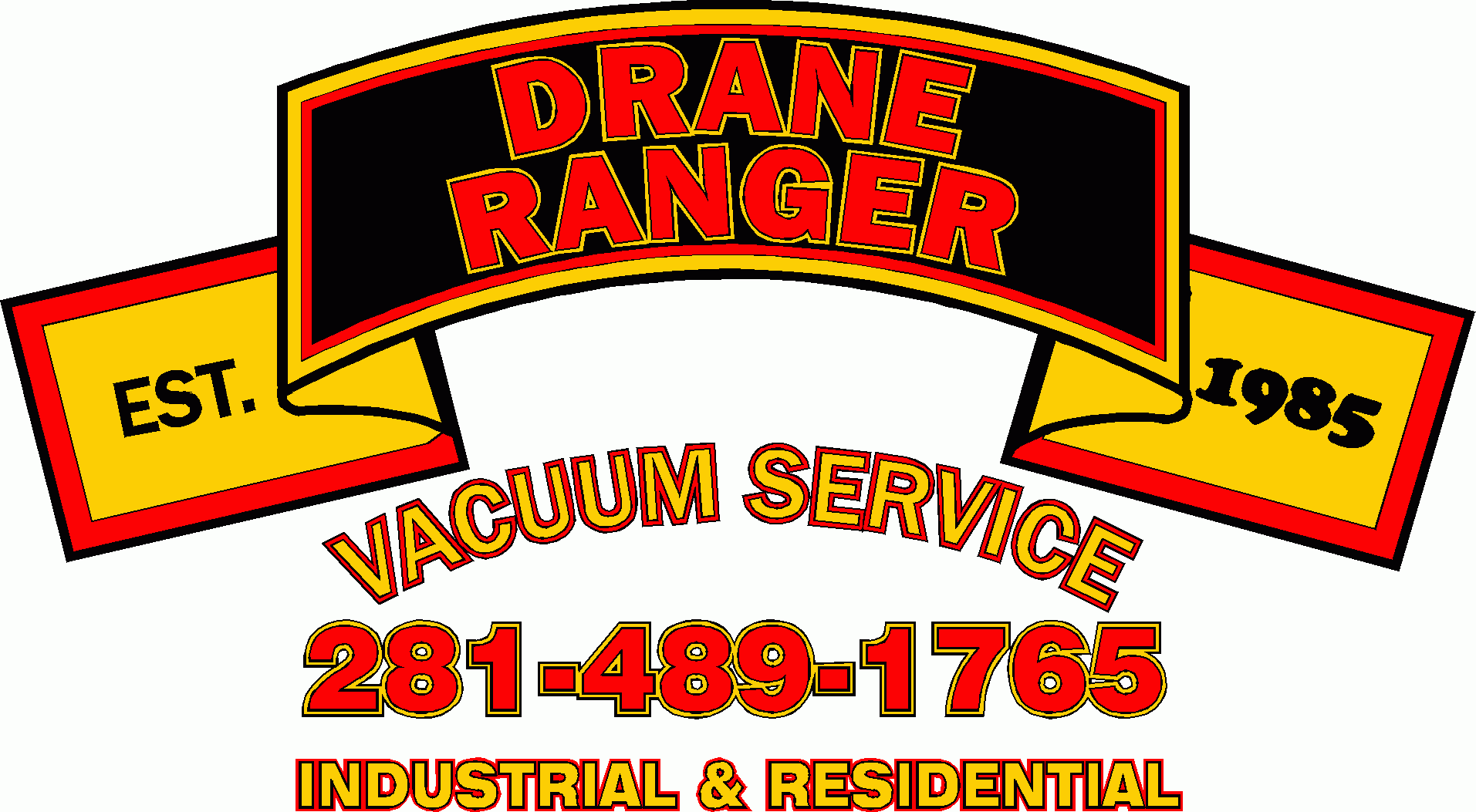Grease traps (also known as grease interceptors, grease recovery devices, grease capsules and grease converters) are plumbing devices (traps) designed to intercept most greases and solids before they enter a wastewater disposal system.
The essential need for grease trap cleaning service and scheduled maintenance is because grease traps work on the basis that animal fats and vegetable oils (grease) are 10 to 15 percent less dense than water and that grease won’t mix with water. Fats and oils float on top of water.
Restaurant and food service kitchens produce waste grease which is present in the drain lines from various sinks, dishwashers and cooking equipment such as combi ovens and commercial woks. Rotisserie ovens have also become big sources of waste grease. If not regularly and properly removed by a grease trap cleaning service, the grease can clump and cause blockage and back-up in the sewer.
Common wastewater contains small amounts of oils which enter into septic tanks and treatment facilities to form a floating scum layer. This scum layer is very slowly digested and broken down by microorganisms in the anaerobic digestion process. Large amounts of oil from food preparation in restaurants can overwhelm a septic tank or treatment facility, causing the release of untreated sewage into the environment.
Professionals who provide important grease trap cleaning services explain that high-viscosity fats and cooking grease such as lard solidify when cooled, and can combine with other disposed solids to block drain pipes.
FOGS (fats, oils, grease, and solids) are the major enemies of the drains and garbage disposals of commercial kitchen. Grease trap cleaning service technicians explain that when the FOGS start to cool, they solidify, and result in a thick, waxy substance that adheres to the walls of drainpipes. The end result is in slow drains and often total clogs.
When the outflow from the kitchen sink enters the grease trap, the solid food particles sink to the bottom, while lighter grease and oil float to the top. The relatively grease-free water is then fed into the normal septic system. The food solids at the bottom and floating oil and grease must be periodically removed in a manner similar to septic tank pumping. A traditional grease trap is not a food disposal unit. Unfinished food must be scraped into the garbage or food recycling bin. Gravy, sauces and food solids must be scraped off dishes before entering the sink or dishwasher.
A grease trap is basically a box of water that traps grease and food waste (for example from washing dishes) and prevents it from blocking the waster system pipes. Over time – the grease trap will become completely blocked with grease preventing water flow through it. It’s time for a grease trap cleaning service.
